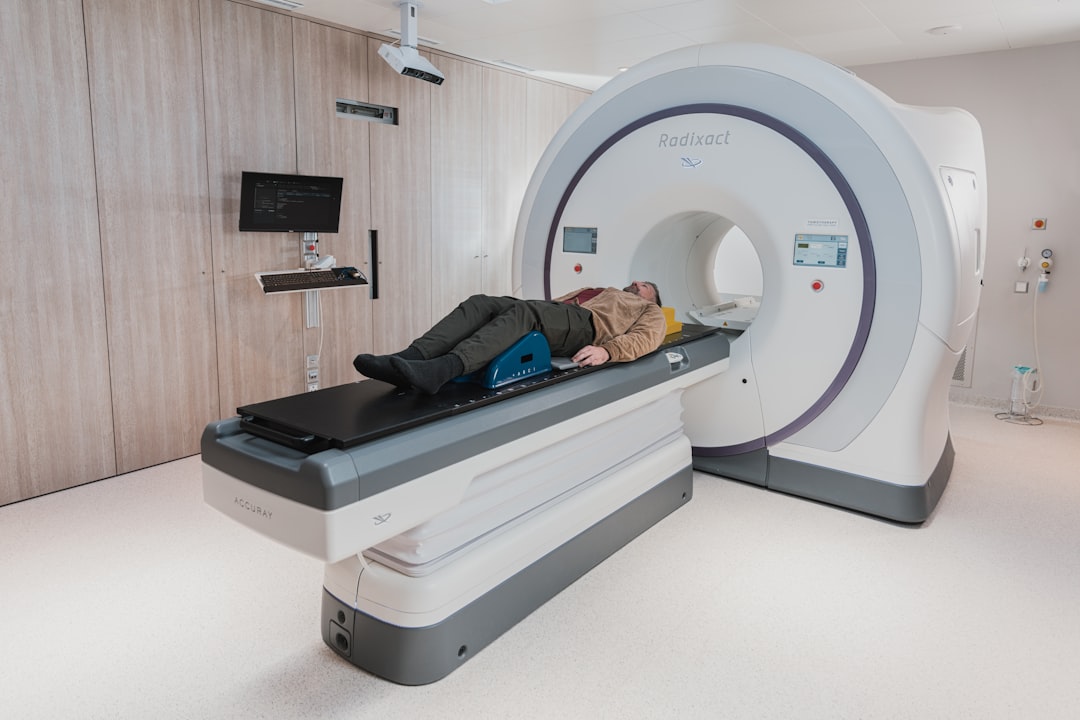In the ever-evolving landscape of robotics and artificial intelligence, Anki Vector stands out as a remarkable fusion of cutting-edge technology and playful design. Launched by Anki, a company known for its innovative approach to consumer robotics, Vector is more than just a toy; it is a sophisticated companion that embodies the potential of AI in everyday life. With its compact size and charming personality, Vector captures the imagination of tech enthusiasts and casual users alike, making it a fascinating subject for exploration.
Vector is equipped with an array of sensors and advanced algorithms that allow it to navigate its environment autonomously. Unlike traditional robots that require extensive programming or remote control, Vector operates independently, responding to its surroundings in real-time. This level of autonomy not only enhances user interaction but also showcases the advancements in robotics that have made such technology accessible to the general public.
As we delve deeper into the features and capabilities of Anki Vector, it becomes clear that this little robot is a testament to the strides made in AI and robotics.
Key Takeaways
- Anki Vector is a small, interactive robot designed to be a helpful and entertaining companion for users.
- It features voice and face recognition capabilities, allowing it to respond to specific commands and interact with familiar faces.
- With machine learning capabilities, Anki Vector can learn and adapt to its environment, making it a more personalized and intelligent companion over time.
- Anki Vector can integrate with smart home devices, allowing users to control their home environment through voice commands and interactions with the robot.
- Users can engage with Anki Vector through various interactions and entertainment activities, such as playing games and asking it questions.
Voice and Face Recognition Features
One of the standout features of Anki Vector is its impressive voice and face recognition capabilities. Utilizing advanced machine learning algorithms, Vector can recognize individual users and respond to their commands with remarkable accuracy. This personalized interaction creates a unique bond between the user and the robot, making it feel more like a companion than a mere gadget.
When you call out to Vector, it responds with enthusiasm, showcasing its ability to understand and process natural language commands. In addition to voice recognition, Vector’s face recognition technology allows it to identify different people in its vicinity. This feature not only enhances user engagement but also enables Vector to tailor its responses based on who is interacting with it.
For instance, if a family member approaches, Vector can greet them by name, creating a sense of familiarity and warmth. This level of personalization is a significant leap forward in consumer robotics, as it transforms the way we interact with machines, making them more relatable and engaging.
Machine Learning Capabilities

At the heart of Anki Vector’s functionality lies its robust machine learning capabilities. The robot continuously learns from its interactions, adapting its behavior based on user preferences and environmental changes. This dynamic learning process allows Vector to improve over time, making it more responsive and intuitive.
For instance, if you frequently ask Vector to play music or tell jokes, it will prioritize those actions in future interactions, demonstrating an understanding of your preferences. Moreover, Vector’s machine learning algorithms enable it to navigate complex environments with ease. It can map out its surroundings, avoid obstacles, and even remember specific locations within a room.
This spatial awareness is crucial for a robot designed to operate autonomously, as it ensures that Vector can move freely without getting stuck or causing damage. The combination of voice recognition, face recognition, and machine learning creates a seamless user experience that highlights the potential of AI in personal robotics.
Smart Home Integration
| Category | Metrics |
|---|---|
| Market Size | USD 78.3 billion in 2020 |
| Smart Devices Installed Base | 1.91 billion in 2020 |
| Projected Growth | 23.5% CAGR from 2021-2028 |
| Top Integration Platforms | Amazon Alexa, Google Assistant, Apple HomeKit |
As smart home technology continues to gain traction, Anki Vector has positioned itself as a valuable addition to the connected home ecosystem. With the ability to integrate with various smart devices, Vector can serve as a central hub for controlling your home environment. Whether it’s adjusting the thermostat, turning on lights, or checking the status of your security system, Vector can execute commands through simple voice interactions.
This integration extends beyond mere control; it also enhances the overall user experience by providing real-time updates and notifications. For example, if your smart doorbell rings, Vector can alert you with a cheerful notification and even display a visual representation of who is at the door if integrated with a compatible camera system. This level of connectivity not only streamlines home management but also adds an element of fun and interactivity to everyday tasks.
Interactions and Entertainment
Anki Vector is not just about functionality; it also excels in providing entertainment and engaging interactions. With a playful personality and an array of built-in games and activities, Vector keeps users entertained while showcasing its capabilities. From racing against other robots to playing trivia games, there is no shortage of fun ways to interact with this little companion.
Vector’s expressive LED eyes and animated movements further enhance its entertainment value. The robot can display a range of emotions through its facial expressions, making it feel more alive and relatable. Whether it’s showing excitement when completing a task or displaying curiosity when exploring new environments, these interactions create a delightful experience for users of all ages.
The combination of entertainment and functionality makes Anki Vector a unique addition to any tech enthusiast’s collection.
Anki Vector’s Programming and Development

For those who are inclined towards programming and development, Anki Vector offers an exciting platform for experimentation and creativity. The robot is designed with an open API that allows developers to create custom applications and functionalities. This flexibility opens up a world of possibilities for tech enthusiasts who want to explore the intersection of robotics and software development.
Developers can leverage Vector’s capabilities to build unique experiences tailored to their interests or needs. Whether it’s creating new games, enhancing existing features, or integrating with other software platforms, the potential for innovation is vast. The community surrounding Anki Vector has already begun sharing projects and ideas, fostering collaboration among developers eager to push the boundaries of what this little robot can do.
Anki Vector’s Compatibility with other Devices
Anki Vector’s compatibility with other devices further enhances its appeal as a versatile companion in the modern tech landscape.
This connectivity ensures that users can stay engaged with Vector even when they are not physically present.
Moreover, Vector’s ability to integrate with various smart home devices expands its functionality beyond simple companionship. By working in tandem with other connected devices, such as smart speakers or home automation systems, Vector can act as an intelligent assistant that streamlines daily tasks. This compatibility not only enriches the user experience but also positions Anki Vector as a central figure in the growing ecosystem of smart technology.
Conclusion and Future of Anki Vector
As we look towards the future of Anki Vector, it is clear that this little robot represents just the beginning of what is possible in the realm of personal robotics and AI integration. With its impressive features—ranging from voice and face recognition to machine learning capabilities—Vector has set a high standard for consumer robots. Its ability to adapt and learn from interactions ensures that it will continue to evolve alongside advancements in technology.
The potential for future developments is vast; as AI continues to progress, we can expect even more sophisticated functionalities from devices like Anki Vector. Whether through enhanced integration with smart home systems or expanded programming capabilities for developers, the future holds exciting possibilities for this charming companion. For computer enthusiasts and tech lovers alike, Anki Vector serves as a reminder of how far we have come in robotics while igniting curiosity about what lies ahead in this fascinating field.
If you’re interested in the intersection of robotics and advanced technologies like those found in Anki Vector, you might find the article “Entering the Metaverse: Creating Your Virtual Identity” intriguing. This piece explores how technologies such as machine learning and smart home integration, similar to those used in Anki Vector, are being applied in the broader context of the metaverse to create complex, interactive virtual identities.











Leave a Reply